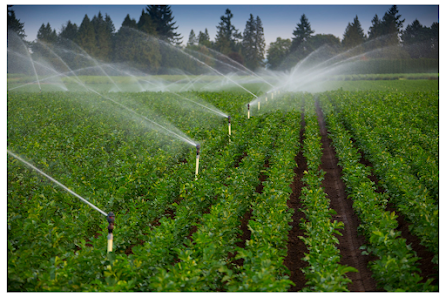Carbon Filtration System How & Why?
Filtration is a key part of most water treatment systems, and selecting the right system can be a delicate matter. Media filtration is quite frequently used by municipalities for drinking water treatment. One particular filtration media that is used is anthracite carbon media. Activated carbon filters are best at removing chlorine and bad tastes or odors but may be certified to remove other contaminants.
Activated carbon is a porous form of carbon that can be manufactured from a variety of carbonaceous raw materials. The principal commercial products are made from coconut shells, coal, peat, or wood. The activation process involves treating the raw material with steam or chemicals, thereby developing a pore structure.
How does it work?
The atoms of carbon, comprising the large internal surface area of activated carbon, present attractive forces outward from the surface. These forces, known as Van der Waals forces, attract the molecules of the surrounding gas or liquid.
The combination of these attractive forces and those of molecules in the surrounding medium result in the absorption of molecules at the surface of the activated carbon. Some molecules have structures that make them more easily absorbed than others and it is due to this that the separation of molecules is achieved.
Look for the NSF certification on a carbon filter to find out exactly what it's capable of removing.Bad tastes and odors? YES
Chlorine? YES
Trihalomethanes (THMs)? YES
Mercury? YES
Pesticides and herbicides? YES
In general, carbon filters remove at least 81 chemicals and are effective at reducing another 52. According to the EPA, activated carbon is the only filtering material that removes all 12 identified herbicides and 14 pesticides, along with all 32 identified organic contaminants.
Granular activated carbon is made from raw organic materials that are high in carbon, such as coconut shells, coal, peat, and wood. Heat is used to activate the surface area of the carbon, removing certain chemicals dissolved in water as they pass through a filter containing granular activated carbon. The GAC adsorbs the chemical due to its porous qualities.
The adsorption occurs on the internal surface of activated carbon. During adsorption, liquids or gases pass through the porous structure of the activated carbon, diffusing the compounds to be removed to the surface of the adsorbent, and are retained because of attractive forces.
Trihalomethanes (THMs)? YES
Mercury? YES
Pesticides and herbicides? YES
In general, carbon filters remove at least 81 chemicals and are effective at reducing another 52. According to the EPA, activated carbon is the only filtering material that removes all 12 identified herbicides and 14 pesticides, along with all 32 identified organic contaminants.
Granular activated carbon is made from raw organic materials that are high in carbon, such as coconut shells, coal, peat, and wood. Heat is used to activate the surface area of the carbon, removing certain chemicals dissolved in water as they pass through a filter containing granular activated carbon. The GAC adsorbs the chemical due to its porous qualities.
The adsorption occurs on the internal surface of activated carbon. During adsorption, liquids or gases pass through the porous structure of the activated carbon, diffusing the compounds to be removed to the surface of the adsorbent, and are retained because of attractive forces.
Nice Water's filtration setup NWCF2SJ /NWCF3SJ provides the best suitable solution for treating municipal water supply. These systems can be customized to suit your requirements and can be used for villas, restaurants, resorts, hotels, clinics, etc.
Checkout www.nicewateruae.com for more!Tags: Why use carbon filtration system, Uses of carbon filtration, Media filtration systems, Carbon filtration, Filtration system, Water filter, Filter, Water filter, Home filtration, Whole house filter, Carbon, Uses of activated carbon, Nice Water, Best water filters, nicewateruae



.png)
.png)


Comments
Post a Comment